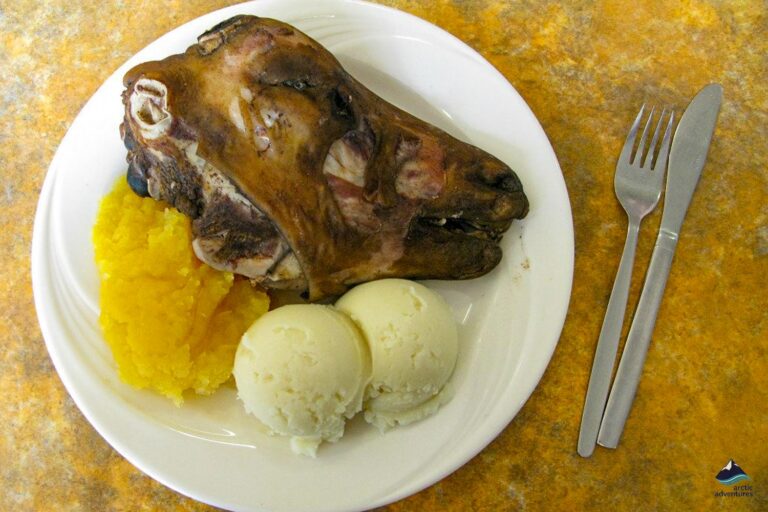Introduction: Icelandic Cuisine
Icelandic cuisine is known for its unique and distinctive flavors, which are influenced by the country’s rugged landscape and harsh climate. Traditional Icelandic dishes often feature fish, lamb, and game meats, as well as ingredients like seaweed and berries that are found in the surrounding mountains and waters. Despite these traditional flavors, Iceland has a rich culinary history that has been shaped by various cultural influences, including those from the nearby United Kingdom.
British Influences in Icelandic Cuisine
British influences can be found throughout Iceland’s culinary history, particularly in its traditional dishes. This is due, in part, to the long and complex history between Iceland and the UK. For centuries, Iceland was a British colony, and the two countries have maintained close cultural ties ever since. As a result, many traditional Icelandic dishes have been influenced by British cooking techniques and ingredients.
Historical Connections between Iceland and Britain
Iceland and Britain have a long and complicated history, dating back to the time of the Vikings. Throughout the centuries, the two countries have engaged in trade and cultural exchanges, as well as periods of conflict. In the early 20th century, Iceland became a British protectorate, and the two countries worked closely together during World War II. Today, Iceland and Britain continue to maintain close cultural and economic ties, with many Icelanders viewing the UK as a key ally.
Traditional Icelandic Dishes with British Influences
Many traditional Icelandic dishes have been influenced by British cooking techniques and ingredients. For example, the popular dish of pickled herring is often served with a mustard sauce that has its roots in British cuisine. Other dishes, such as smoked lamb, have also been influenced by British smoking techniques. The use of butter and cream in Icelandic cooking can also be traced back to British culinary traditions.
Modern Icelandic Cuisine and its British Flavors
In recent years, Icelandic cuisine has undergone a renaissance, with many chefs embracing new flavors and techniques. This has led to an increase in the use of British ingredients, such as English cheddar and Stilton cheese. Some restaurants in Iceland even serve traditional British dishes, such as fish and chips, alongside more traditional Icelandic fare. This fusion of British and Icelandic flavors has created a unique culinary landscape that is both traditional and modern.
Conclusion: The Fusion of Icelandic and British Cuisine
In conclusion, British influences can be found throughout Icelandic cuisine, from traditional dishes to modern fusion cuisine. This is due, in part, to the long and complex history between the two countries, as well as the close cultural ties that exist between them. Whether it’s through the use of butter and cream or the incorporation of British ingredients, it’s clear that British cuisine has had a lasting impact on Icelandic cooking. As Iceland’s culinary scene continues to evolve, it will be interesting to see how these cultural influences continue to shape the country’s unique and vibrant flavors.

